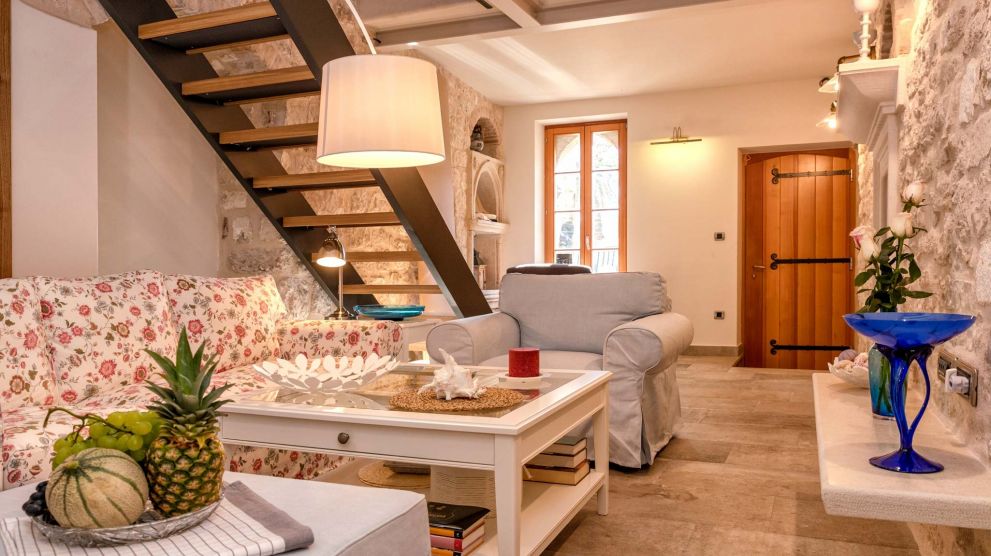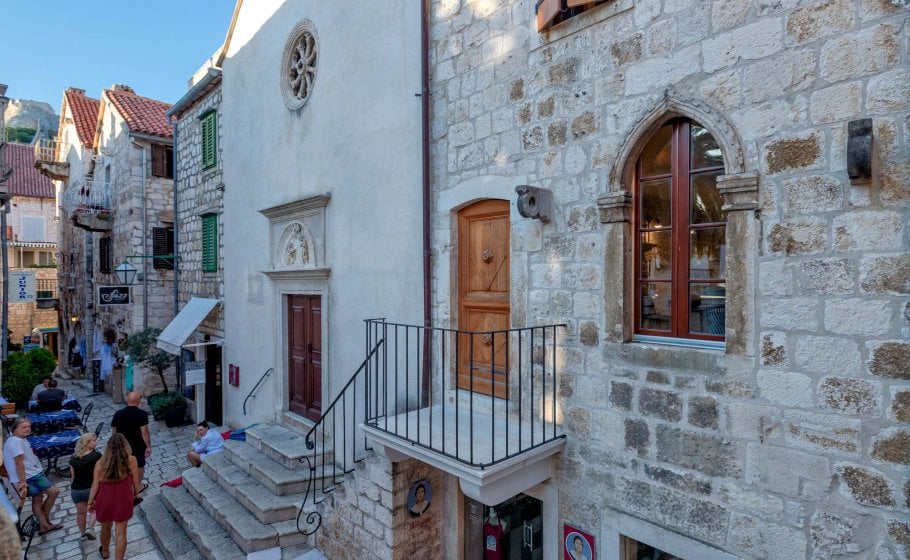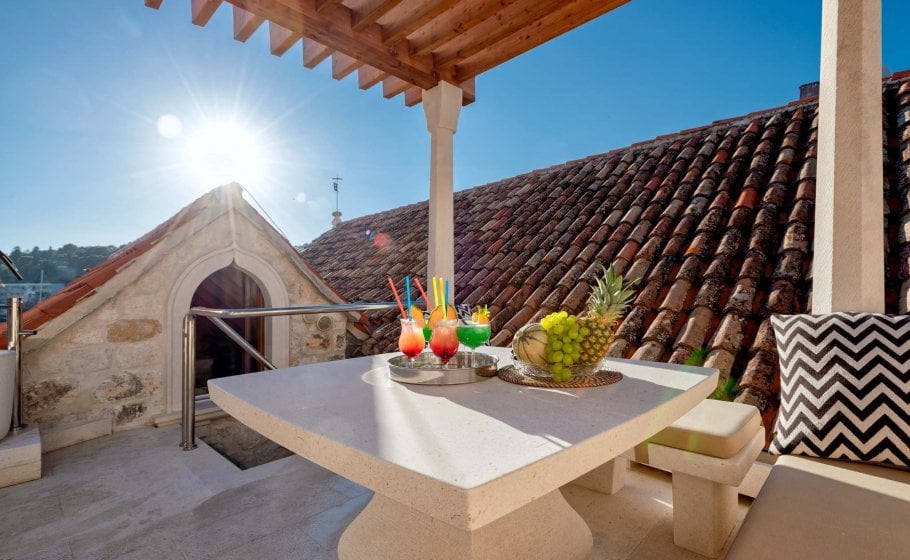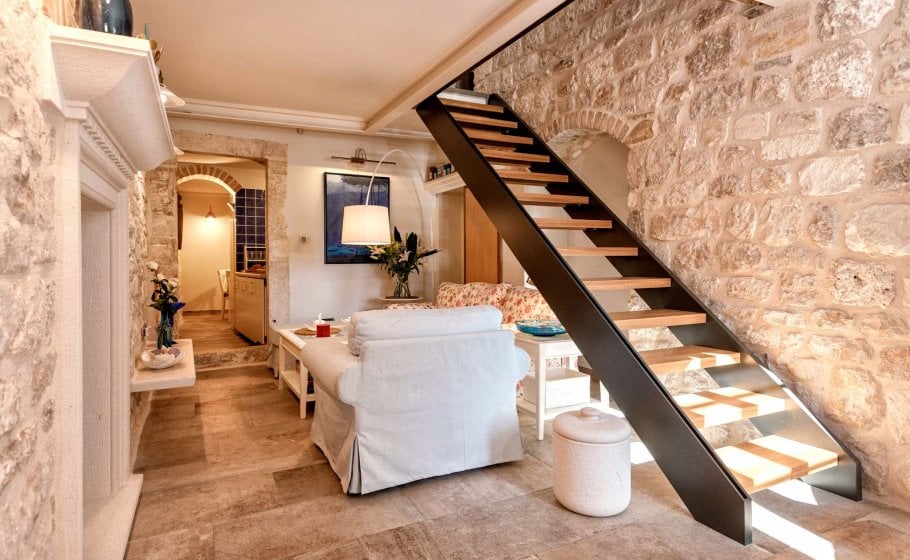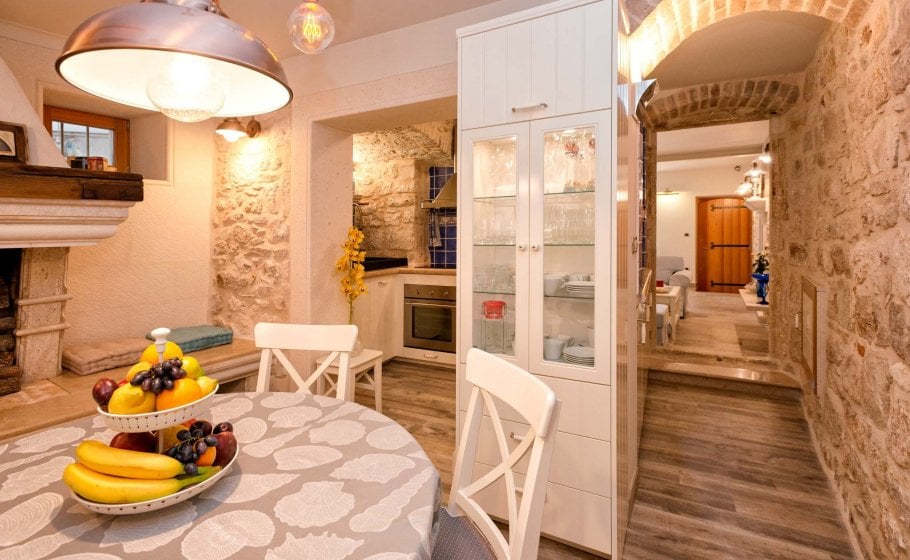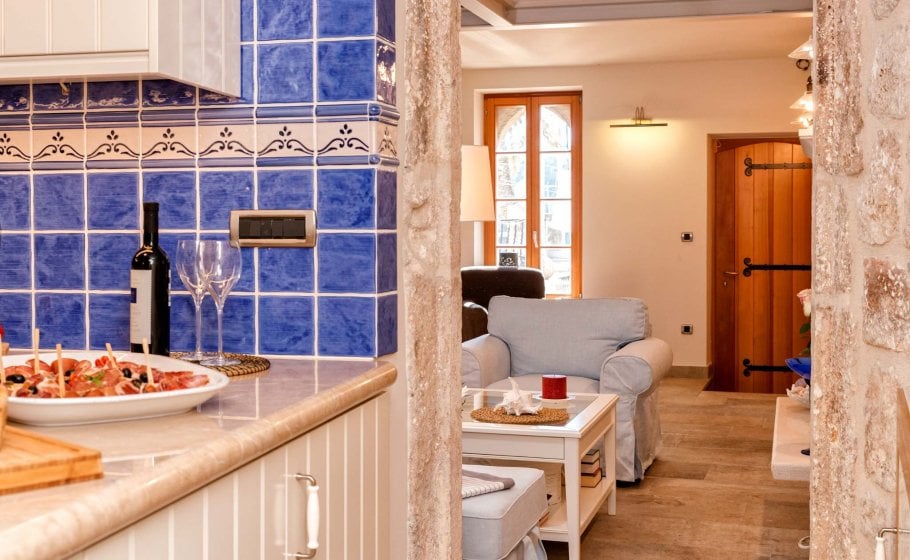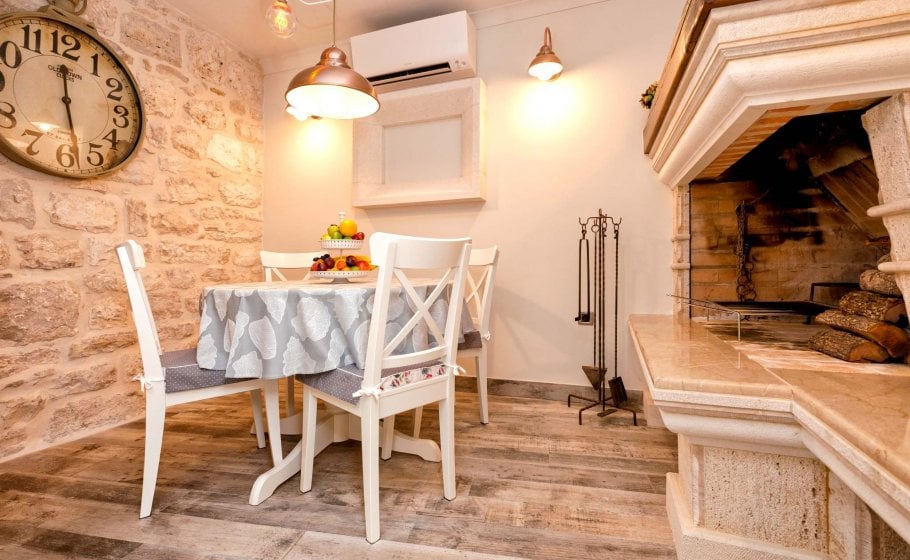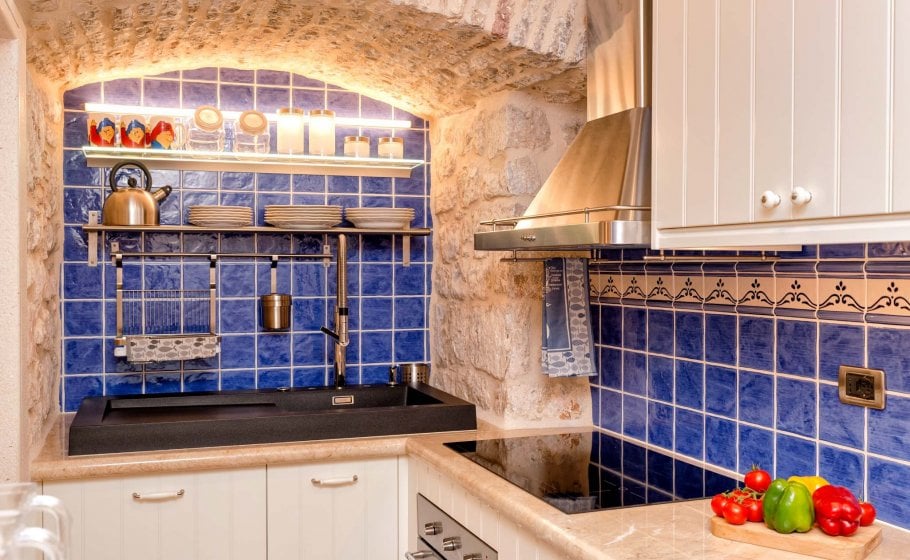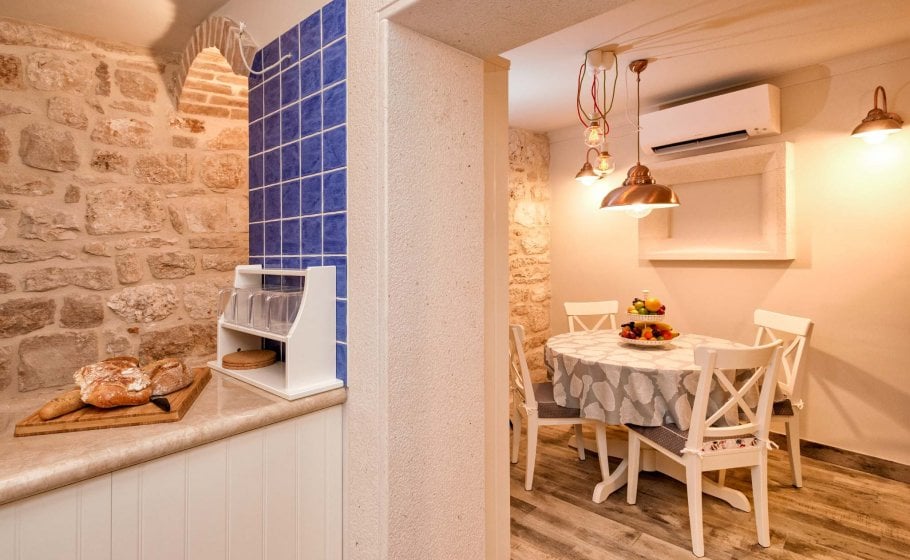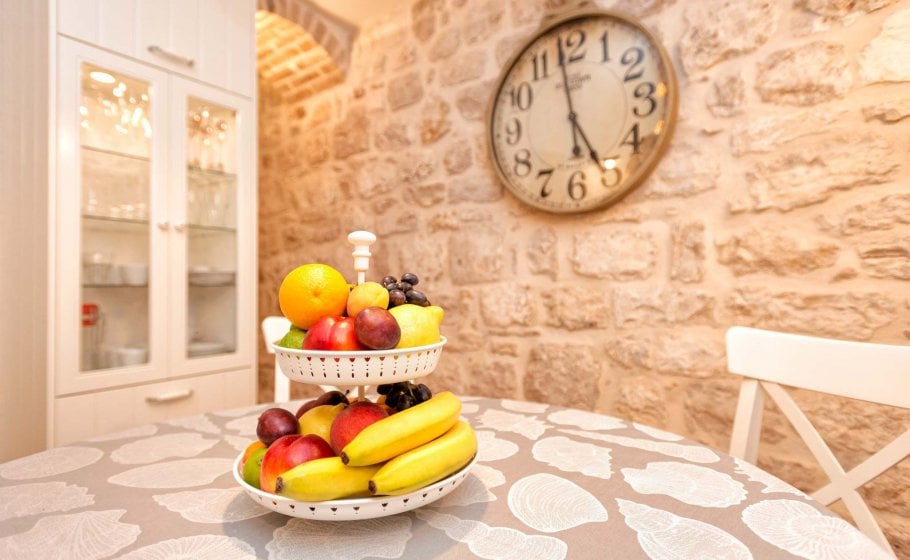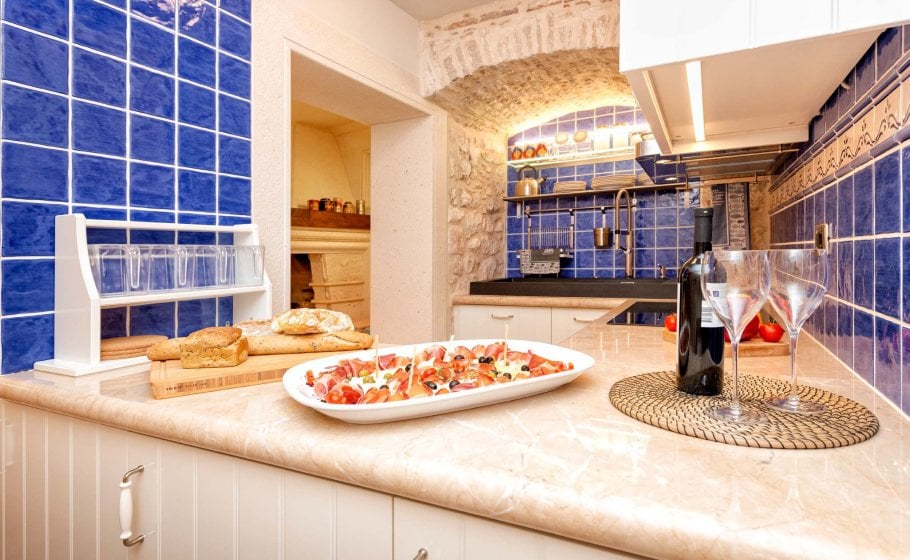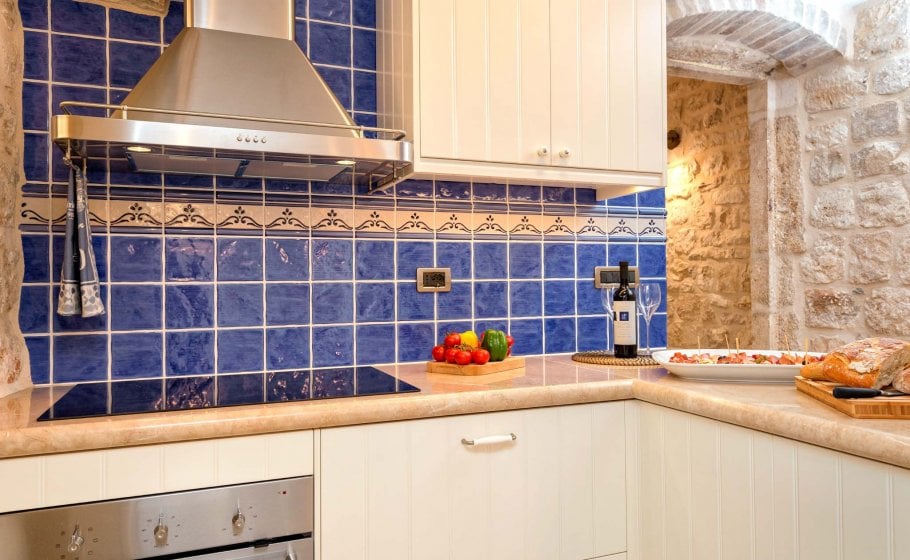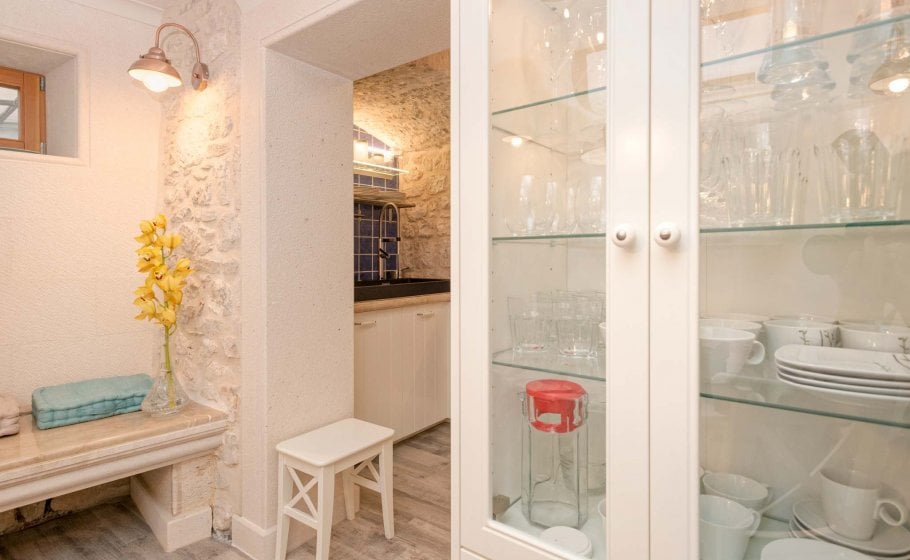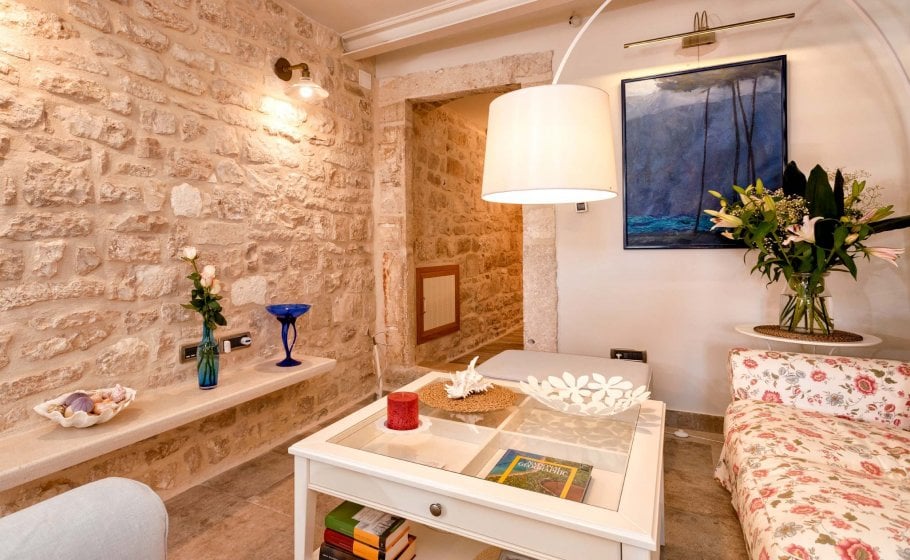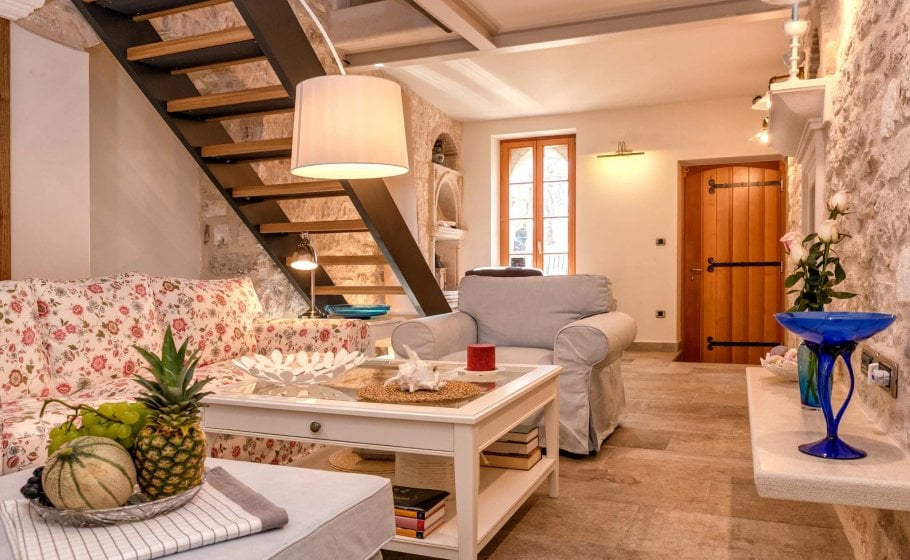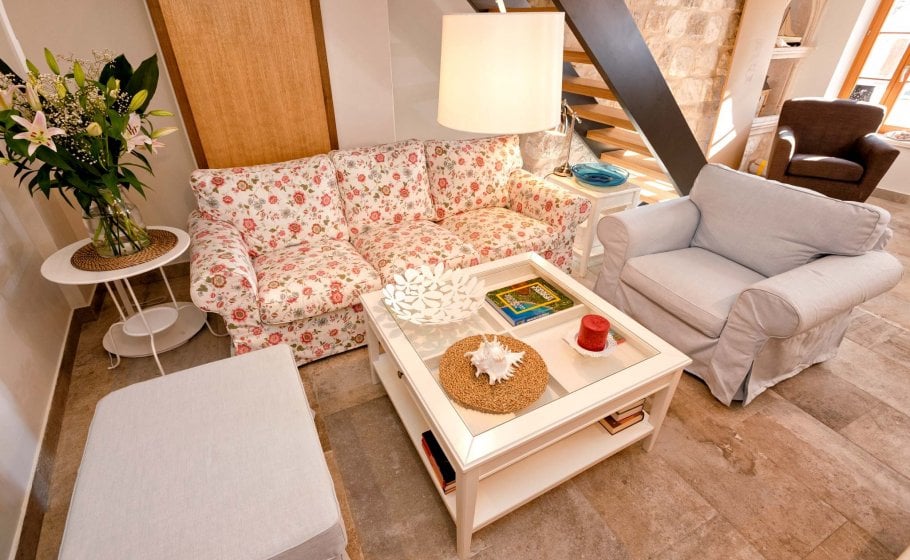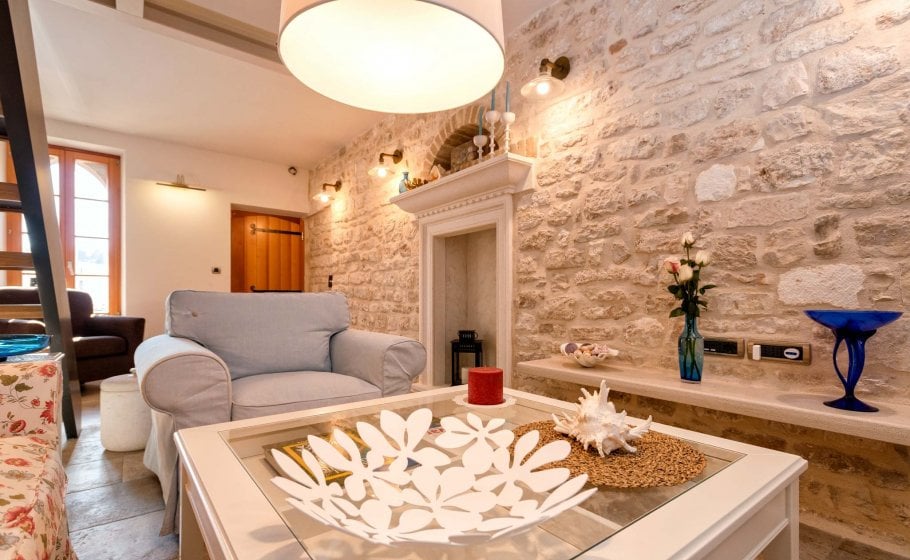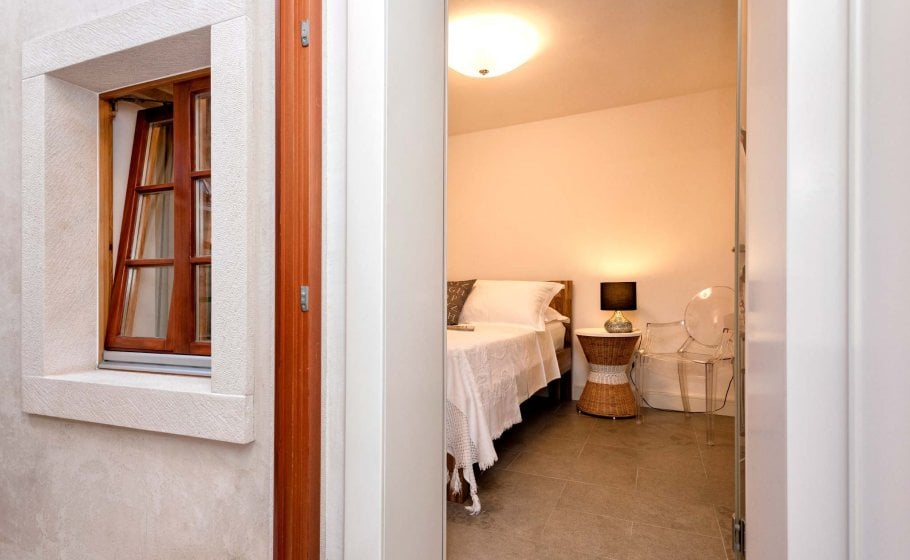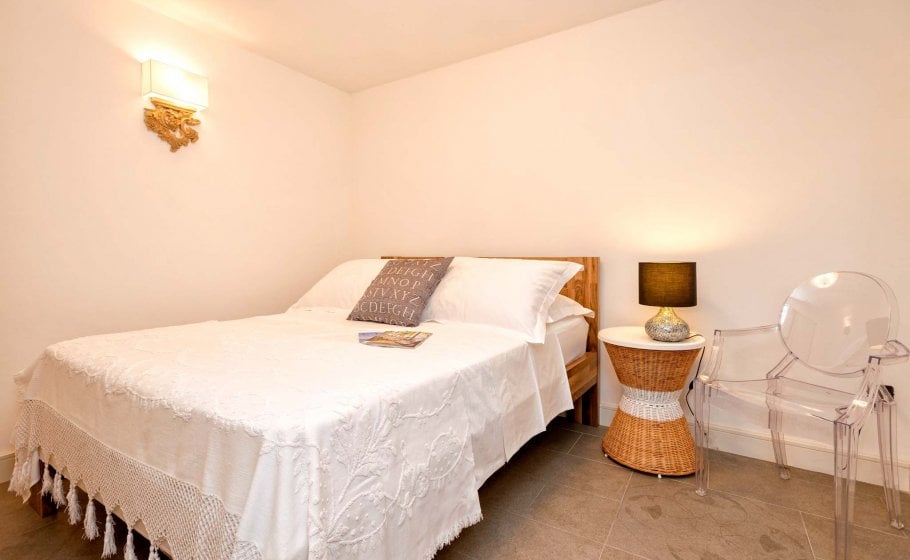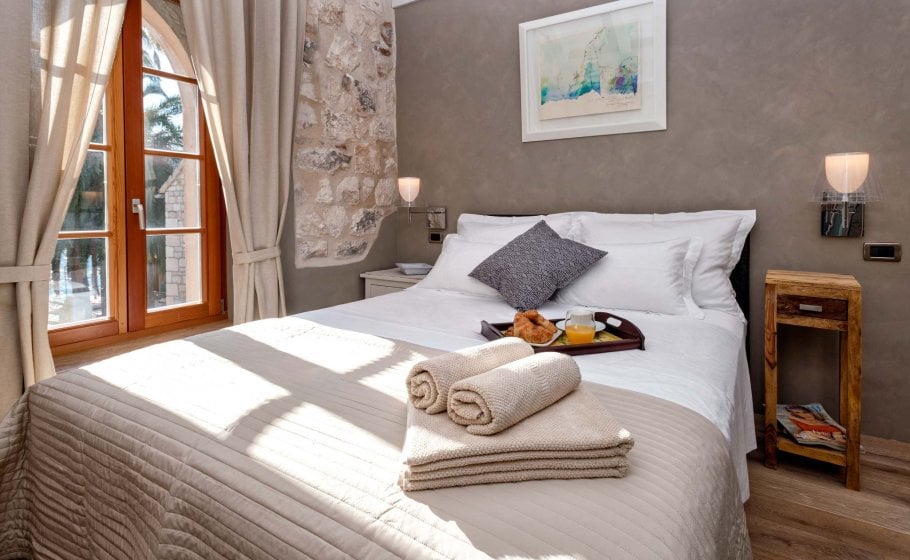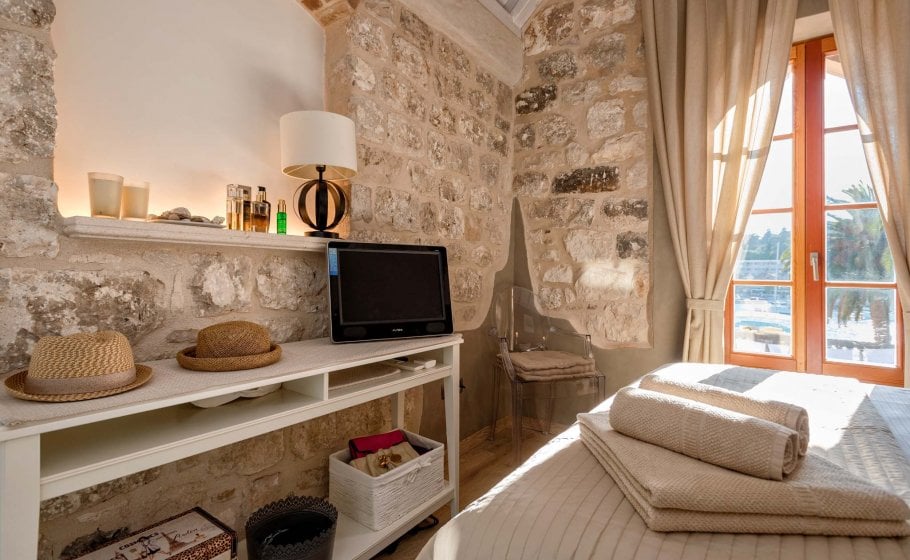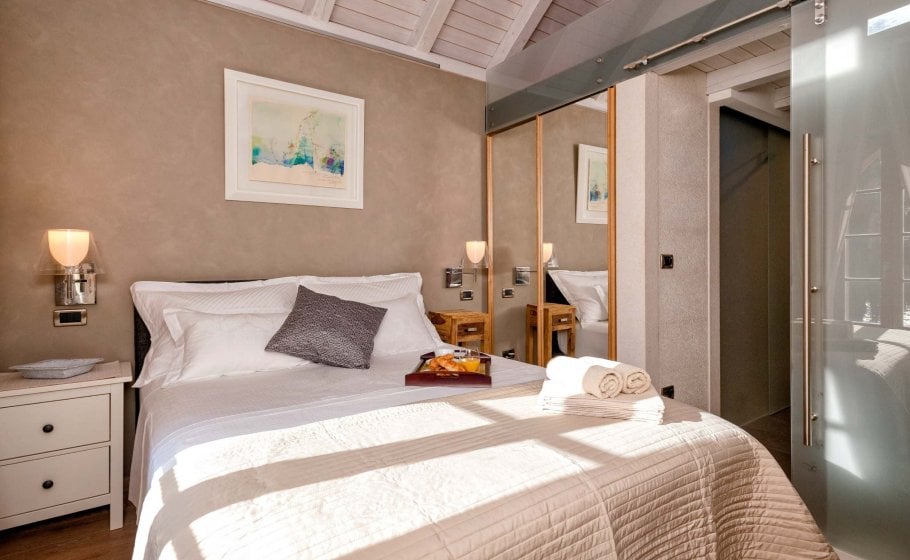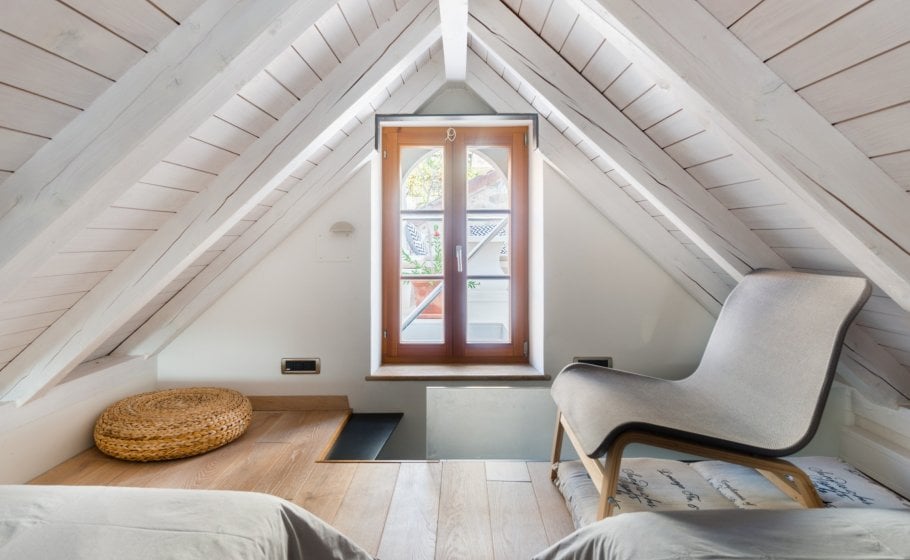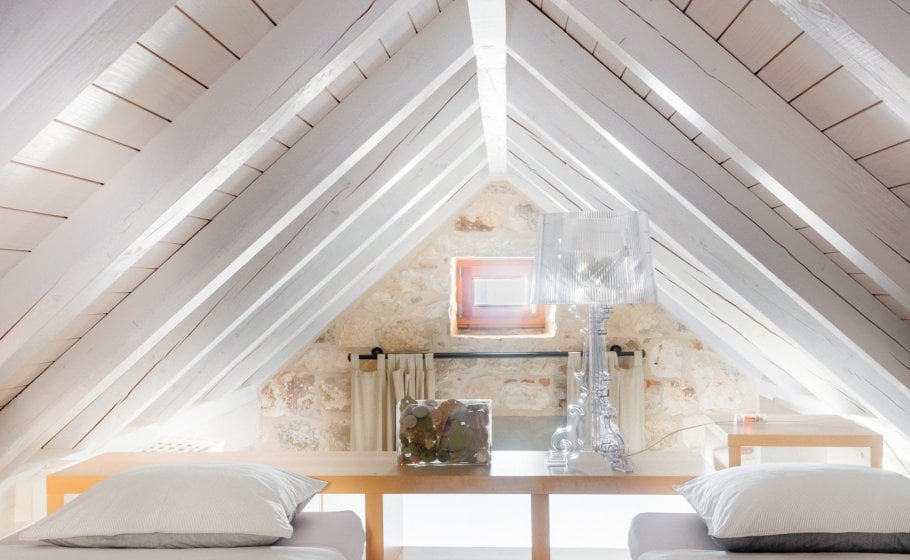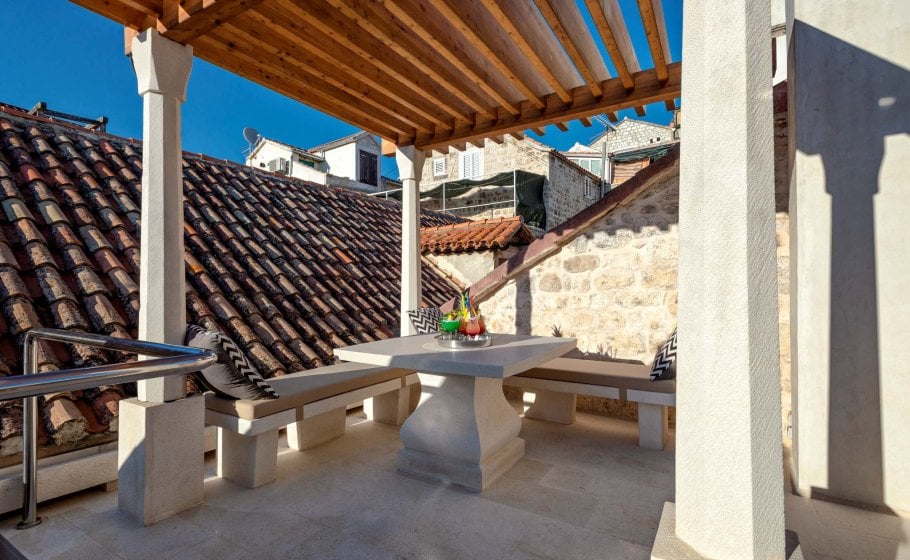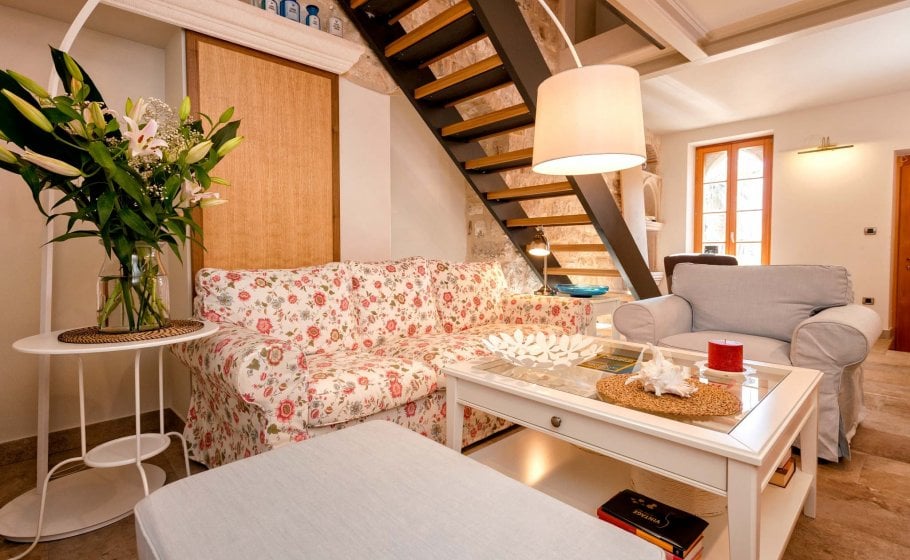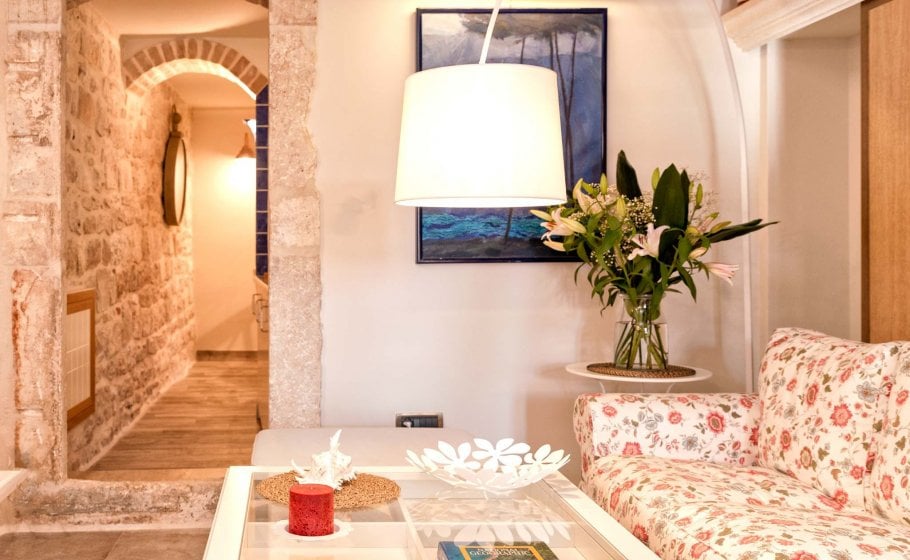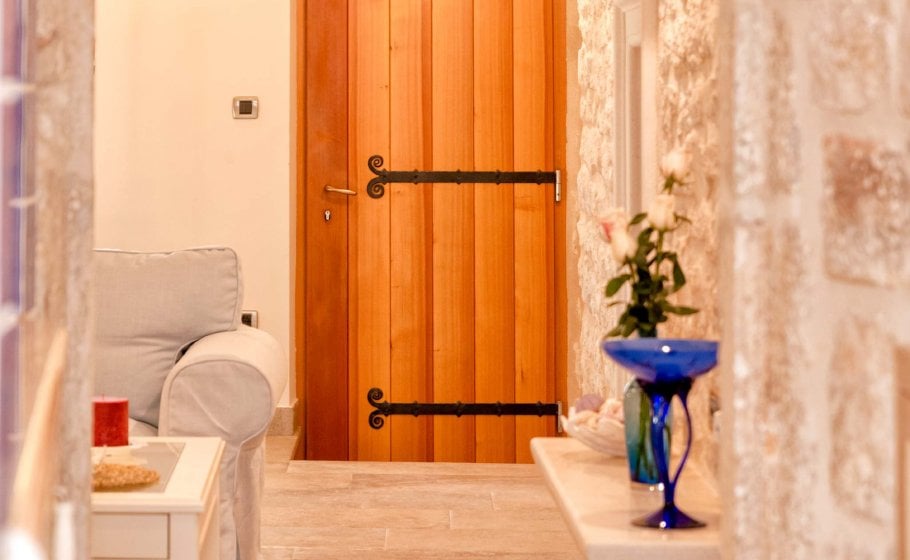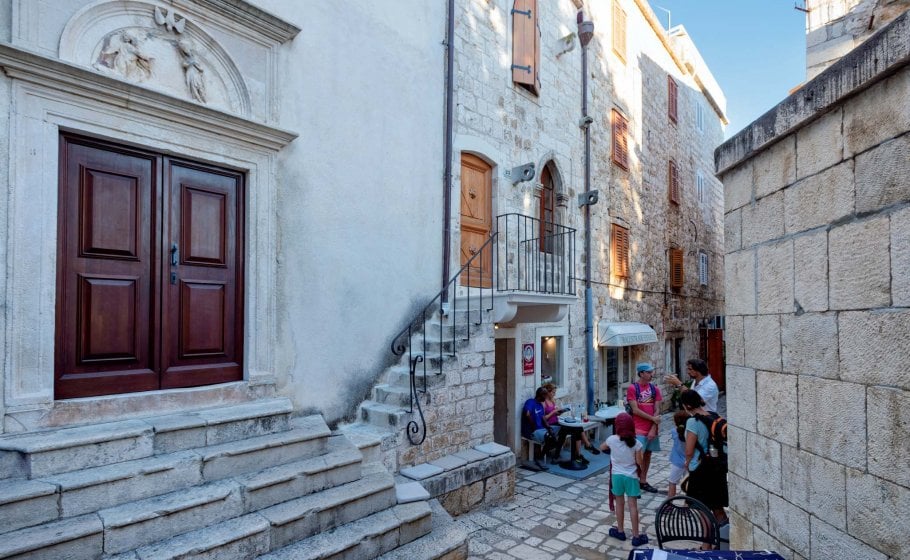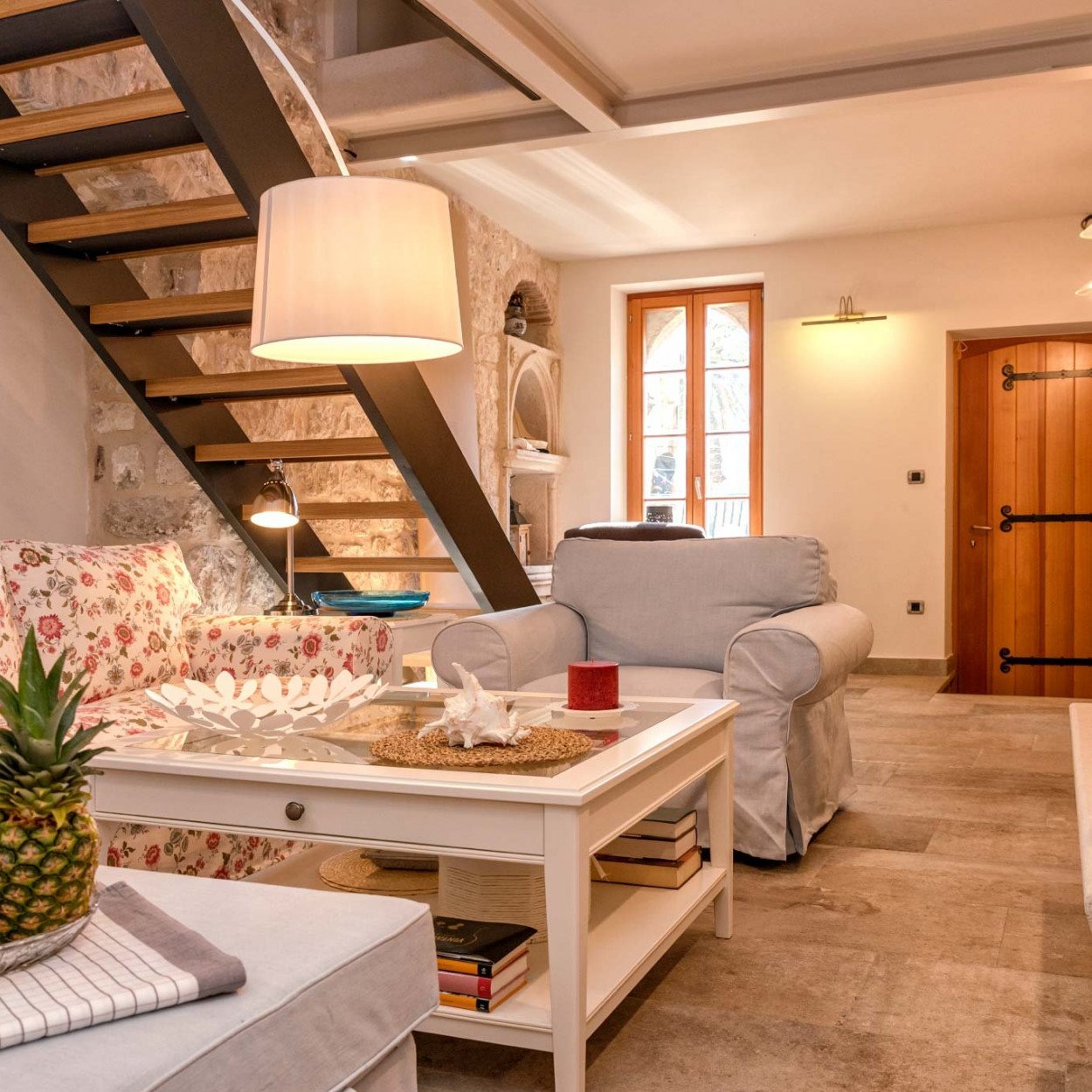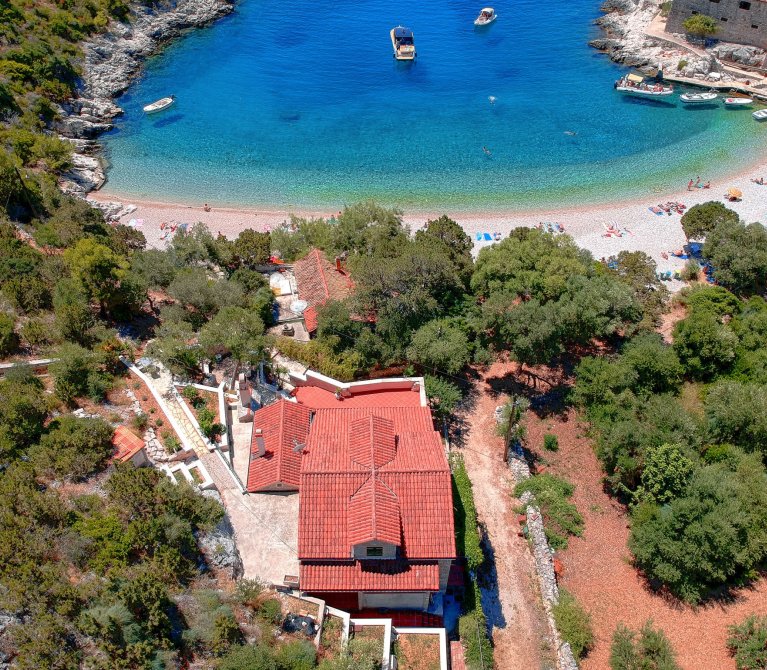Cottage Lachesis has a victorious history, but it also wins in fine details and creating an atmosphere of home. Located in the heart of the town of Hvar, serendipitously next to the best pastry shop in town, it is an irresistible, sweet delight in the Villas Hvar Collection.
Cottage Features
Cottage Lachesis, historically known as The Bevilaqua House, is a 15th-century Gothic mini-palace located right next to the 14th-century Church of st. Anunnziata. The manor is a cultural heritage of the Republic of Croatia restored with the highest care and precision and was even the subject of a few PhD theses. Once a place of vehement events, Lachesis now stands as a soothing base for your private refuge and enjoyment. Having chosen Lachesis as your vacation abode, you too become a part of Hvar’s history and culture, which is hard to describe in a few sentences. Once you’ve tried it, you might become addicted to it – it’s human nature and you wouldn’t be the first or last to feel this way.
Lachesis covers about 110m2, including three storeys and 18m2 of terrace space. We could describe it as a small touch of history and an infinite touch of luxury.
You reach the entrance after climbing about 13 stone stairs, which include the staircase of the nearby Church of St. Annunziata, a lively staircase where you’ll be able to see authentic plays of Hvar daily life. This location will be perfect for anyone who literally loves to blend in with the tourist destination they are visiting.
After you’ve entered the house, you’ll find yourself on the first floor; a small hallway leads you right into the space of a lovely, civic living room with a sofa, armchairs, and all the technology and comfort of the modern era. One of the rarities among the VH facilities is an exclusive wardrobe purchased in Padua, suitable for storing 24 pairs of shoes. You’ll have no trouble storing shoes here!
From the living room, you enter a fully equipped kitchen. Next to it, there is a separate bar, and through the kitchen, you reach the dining room or "konoba", as the owner likes to call it – it has a dining table and a beautiful fireplace.
If you climb the oak staircase (about 13 stairs), which dominates the living room, up to the second floor, you reach a hallway with two double bedrooms (with a 160x200 bed in each room) and a separate bathroom with a shower tray. The bathroom is the size of 1.3 x 3.0 m with a shower the size of 1.3 x 0.9 m.
Two extra cots (200x90) are located in the sweet little gallery between the second and the third floor. The gallery has narrow and steep stairs. We personally believe that Lachesis is ideal for four; all bookings made for more are done at your own responsibility and without subsequent objections.
From the second floor beautiful glass stairs lead to the third floor, that is, a romantic terrace of approx. 18m2 with a cover the size of 4m2 dominated by stone pillars, a stone table and benches, and a wooden roof – it all reminds us of a micro-scenery of a feast in the age of Roman emperors or Dionysian festivities, with a PG-13 ending, of course. Naturally, the neighbouring roofs are quite near, which apart from charming views means that the neighbours you might disturb are also quite close, so all guests of Lachesis are kindly asked to strictly adhere to house rules. We thank you in advance.
Apart from the rooftop views from the terrace, the master bedroom offers a magnificent view of the sea and the lively Hvar harbor. The entire house has supreme equipment, and as much as we like to split hairs, there is not a fault to be found here. The furniture is high-end, the technology is state-of-the-art, the details have been carefully chosen, the materials and colours are aligned to perfection… But our personal favourite of Lachesis are the specially built glass walls on the first floor – it was love at first sight and we find them to be a most fantastic solution in the interior of Lachesis.
At the end, we’ll tell you a historical story related to this small yet gorgeous house in the heart of the town of Hvar. It’s kind of scary, but also very interesting. Since the Twilight Saga is quite popular today, this story might also have a fan or two. Cottage Lachesis is likely to have many.
Villas Hvar Legends
Cottage Lachesis was once known as the Bevilaqua House, named after its owner, Hvar’s harbormaster and admiral Niccolo Bevilaqua, who lived in late 15th and early 16th century.
Let us tell you the 500-year legend behind cottage Lachesis or "The Myth of the St. Cross".
On the 6th of February 1510, the skies darkened, a heavy rain fell down upon Hvar, followed by a strong storm. At 7 PM the ground shook three times and the roof of St. Annunziata church exploded in pieces.
At the same time, in the house next to the church, the Bevilaqua House, the admiral’s granddaughter was storing clothes and cleaning the room of dust. She found a small sooty crucifix, took in into her hand to clean it when a thick, dark liquid started dripping from the crucifix.
She called her mother and her father, who said that it was probably the color that has melted off the crucifix. Still, to make sure, they called the town’s painter, Stjepan (Stephen) Vitaglich, who momentarily found out that it was not color dripping from the crucifix, but blood!
Alarmed, they called upon the church’s canon and curator, Matija (Matthew) Lukanich. He was already shaken by the fact that the church’s roof went to pieces only minutes ago. When he found out about the blood he fell into a state of excruciating pain and near-madness.
As it happens, it was the very Lukanich who swore on that very crucifix in early 1509 to kill all of Hvar’s nobility. Lukanich was, along with Tomo (Thomas) Bevilaqua, the girl’s father and admiral’s son, the main conspirator of a planned coup and massacre that was to follow. Tomo Bevilaqua died in an accident in November of 1509, so the coup had to be postponed.
Now looking at the same crucifix bleeding made Lukanich fell into despair. At first, all parties involved and the citizens of Hvar understood this as a warning from God, that saying sustain from any bloodshed. As hours passed, Lukanich fell more and more into madness, ending up flagellating himself to death six days after the discovery of the crucifix.
In the end, Hvar ended up in a civil war, which began in May 1510 and lasted for four years. Feel free to find out more by entering Hvar rebellion into a search engine of your choice.
The events of 6th of February were first noted in detail by Hvar’s judge, Pavao (Paul) Paladinich. Other testimonies were collected by an apostolic visitor 69 years later, in 1579, from individuals who were children in time of these events. All testimonies were published in A. Gabelich’s "The uprising of Hvar’s commoners" and J. Bracanovich’s "500 years of St. Cross worshipping".
The bloodied crucifix and the adherent blooded cloth are kept today in Hvar cathedral.
Be as it may, whether you believe in the story or not, you will be enjoying your vacation inside a living part of history...
*Endless thanks to Mr. Severo for the story.
